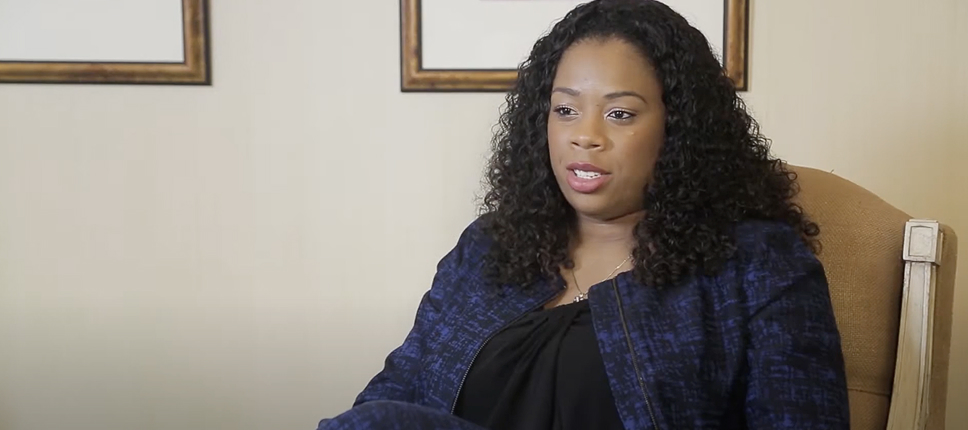Posted in Personal Injury Lawyer
The Coffee Case: Negligence or Not?
In 1992, Stella Liebeck, a 79 year-old woman, ordered coffee at a McDonald’s drive-through in Albuquerque, New Mexico. She and her grandson pulled into a parking spot to allow her to pour cream and sugar into the coffee cup.While removing the lid, the coffee spilled onto her lap. Ms Liebeck suffered third degree burns and was hospitalized for seven days. She underwent skin graft surgery, and had disabilities for the remainder of her life.
Ms. Liebeck asked McDonald’s to cover her medical treatment – $20,000. They declined, offering a mere $800.
Ms. Liebeck then hired Texas attorney Reed Morgan, who had represented other victims of McDonald’s negligence.
McDonald’s and Mr. Morgan exchanged several settlement offers, but could not agree on a number. The case went to trial.
Mr. Morgan argued that the coffee McDonald’s was serving was defective due to its high temperature. The corporation requires that its coffee be prepared at 195 to 205 degrees. After, it is held between 180 and 190 degrees for ideal taste. Spokespersons for Mr. Coffee and Starbucks testified on behalf of McDonald’s, arguing that industry settings may be too low and that “coffee is a traditionally hot beverage and I would hope that this is an isolated incident.”
Mr. Morgan called forth a doctor who argued that lowering the serving temperature to 160 degrees would have been instrumental. At 190 degrees, it takes fewer than three seconds to produce a third-degree burn. At 180 degrees, it takes 12 to 15 seconds. But at 160 degrees, it takes 20 seconds to produce a third-degree burn, which is more than enough time for a person to wipe the coffee of their clothes and or skin.
At first, public perception was with McDonald’s. People thought Ms. Liebeck was a money chaser. However, after Mr. Morgan presented his case, public opinion began to change. Mr. Morgan showed that McDonald’s had received at least 700 reports of its coffee causing burns. Mr. Morgan called Christopher Appleton, a McDonald’s executive, to testify. Mr. Appleton explained that McDonald’s decided not to warn its customers about the possibility of severe burns, had not consulted burn experts in regards to the burns, and did  not intend to change its coffee preparation procedures.
not intend to change its coffee preparation procedures.
Mr. Morgan told the jury of Ms. Liebeck’s seven days in the hospital, and showed photographs of her burns. It was at this point jurors started taking the matter seriously. One juror said that “it made me come home and tell my wife and daughters [to not] drink coffee in the car” and that the case was about “callous disregard for the safety of the people.”
After arguments concluded, the jurors found Mrs. Liebeck to be 20% at-fault. Their verdict was compensatory damages for $160,000, reduced from $200,000. Punitive damages were $2.9 million (the equivalent of two days worth of coffee sales for McDonald’s). McDonad’s appealed the verdict, and the two parties settled for an undisclosed amount.
An investigation after the case settled found that the average temperature of coffee at the Albuquerque McDonald’s where Mrs. Liebeck sustained her injuries dropped to 158 degrees.
Liebeck v. McDonald’s is an important case in tort history. Many think that it was frivolous and excessive, but others say that it was meaningful litigation, and a story about holding corporations liable for their negligence. HBO released a documentary about tort reform titled Hot Coffee, which covered much of the case.
If you or a loved one has been the victim of negligence or wrongful conduct, then the experienced attorneys at Cohen & Cohen can help get you the compensation you deserve. Contact us today at (202) 955-4529 for a free case evaluation.































